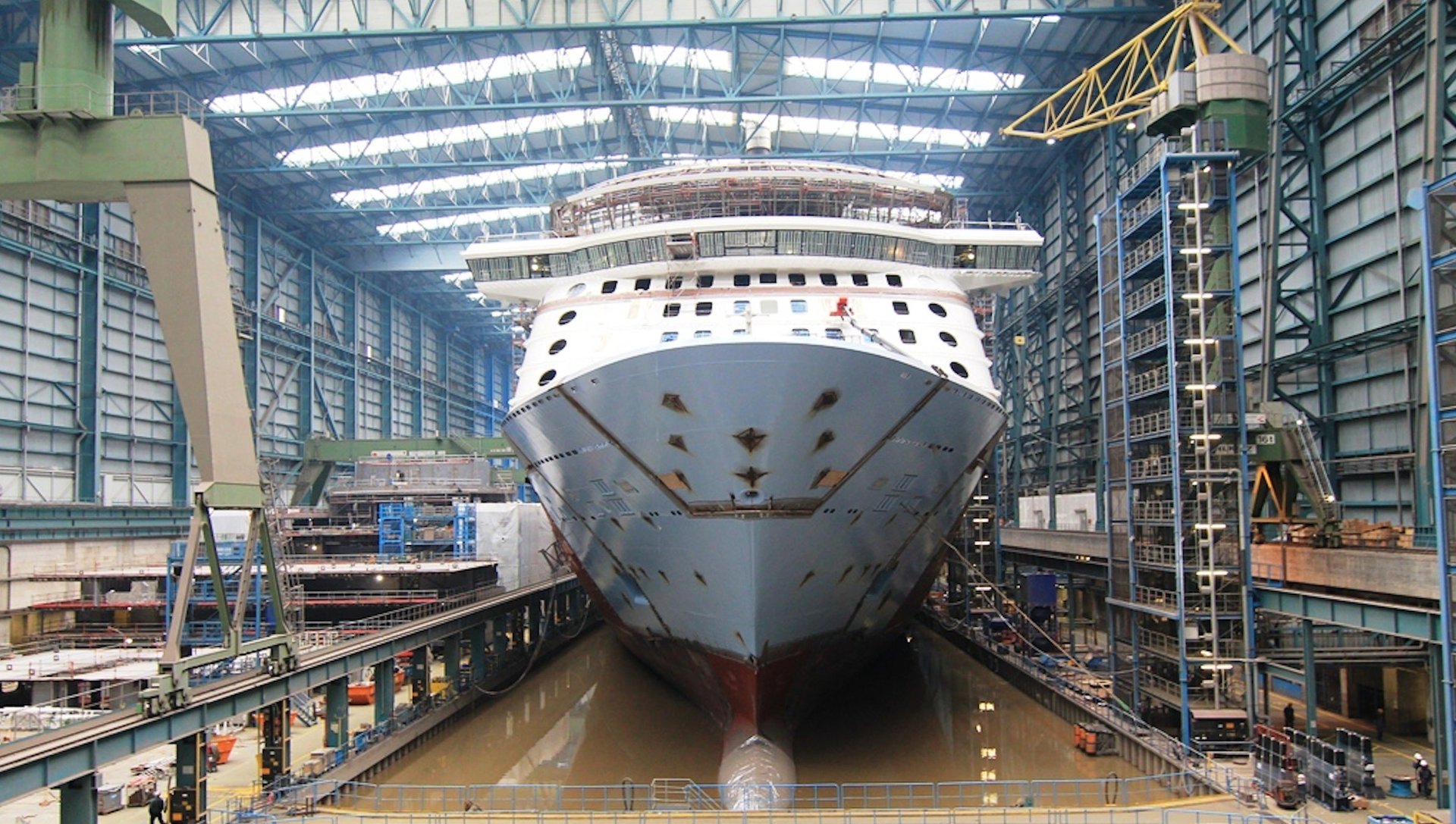Royal Caribbean hopes its new super-ship will teach the Chinese to cruise
Cruising is mostly an American phenomenon, with more than half of the world’s cruise ship passengers from the US. (The UK is a distant second, with 8% of the market.) But as the cruise giant Royal Caribbean International rolls out the first of its newest and most advanced ships, a crucial test of cruise economics, it won’t be docking it in New York. The home port will be Shanghai, China after an inaugural winter season in the US.


Cruising is mostly an American phenomenon, with more than half of the world’s cruise ship passengers from the US. (The UK is a distant second, with 8% of the market.) But as the cruise giant Royal Caribbean International rolls out the first of its newest and most advanced ships, a crucial test of cruise economics, it won’t be docking it in New York. The home port will be Shanghai, China after an inaugural winter season in the US.
It’s a gamble that could open up a massive market, as many as 4 million people by 2020. Royal Caribbean started with one ship in Shanghai in 2007, Royal Caribbean’s president and COO, Adam Goldstein, told Quartz.
Eventually, it placed two cruise ships in China which succeeded despite having their ports of call limited by the Fukushima nuclear disaster and Japan-China tensions. All of that combined to convince the company to make this move. The new “Quantum of the Seas” ship alone boosts the company’s capacity in the region by 66%.
These ships are substantially more advanced in terms of their offerings and fuel efficiency, and are an essential part of the company’s essential appeal to younger first-time cruisers.
“There’s really no way that the competition can respond in terms of the quality of the ship,” Goldstein said. “There’s no counter-move they can make.”
Another Quantum class ship arrives early next year, and two more are due in the spring of 2016.
Different continent, different product
While there’ll certainly be cruisers from elsewhere on board, a substantial majority will be Chinese nationals. Most of Royal Caribbean’s core offerings for Chinese cruisers will be the same as elsewhere in the world. But the differences are worth noting.
For example, the “basic unit of vacation” in the Americas is a week. That’s a bit long for Asia. Cruises tend to be four to six nights there, Goldstein says.
And though every crew member must speak English for safety reasons, a significant proportion of the crew overall will speak Mandarin as well, which is a potentially difficult hiring problem. Something like 40 to 50% of the front-of-the-house service people need to be Mandarin speakers, according to Goldstein.
Building a cruise infrastructure from scratch
On the infrastructure side, China has done some of the heavy lifting. There are two terminal complexes in Shanghai, and more under construction.
“That’s the good news about infrastructure,” Goldstein says. “The less-good news is the ports of call. You’ve got to take people somewhere. In Korea and Japan, it’s constrained. It’s constrained in general, and particularly constrained for the bigger ships.”
It’s going to take time and work to offer the sort of destinations that will be able to support as many as 2.5 million new cruisers, and the company is working with Vietnam, Malaysia, Indonesia, and the Philippines to establish ports for the cruise ships.
But ports aren’t the only infrastructural deficiency when it comes to selling cruises to Chinese customers. The company is very reliant on bookings from travel agents in the US, but no such network exists in China.
“The challenges start on the sales and marketing side,” Goldstein says. “Everyone understands there’s a huge population, but there’s extremely low awareness of what a cruise is.”
But that huge population makes dealing with the complications worthwhile. And Royal Caribbean is no stranger to handling a range of variables.
Running a large cruise ship company is a tremendously complex proposition, combining many of the issues that other industries face: Resorts deal with staffing and customer service issues, as well as competitive pressure. Commercial shipping faces security and safety concerns. Add to that the unique difficulties of running what might be the largest theater production company in America, as well as 41 floating medical clinics—not to mention dealing with different regulations in dozens of countries where ships dock.
In the face of all that, China’s challenges might look more manageable.
One ship doesn’t seem like a big commitment to a country of 1.35 billion. But this is not just a ship: It’s a statement of intent.